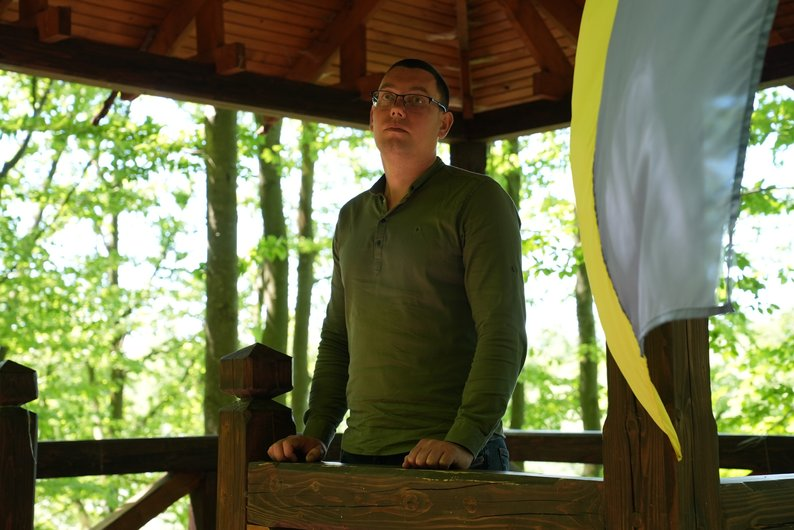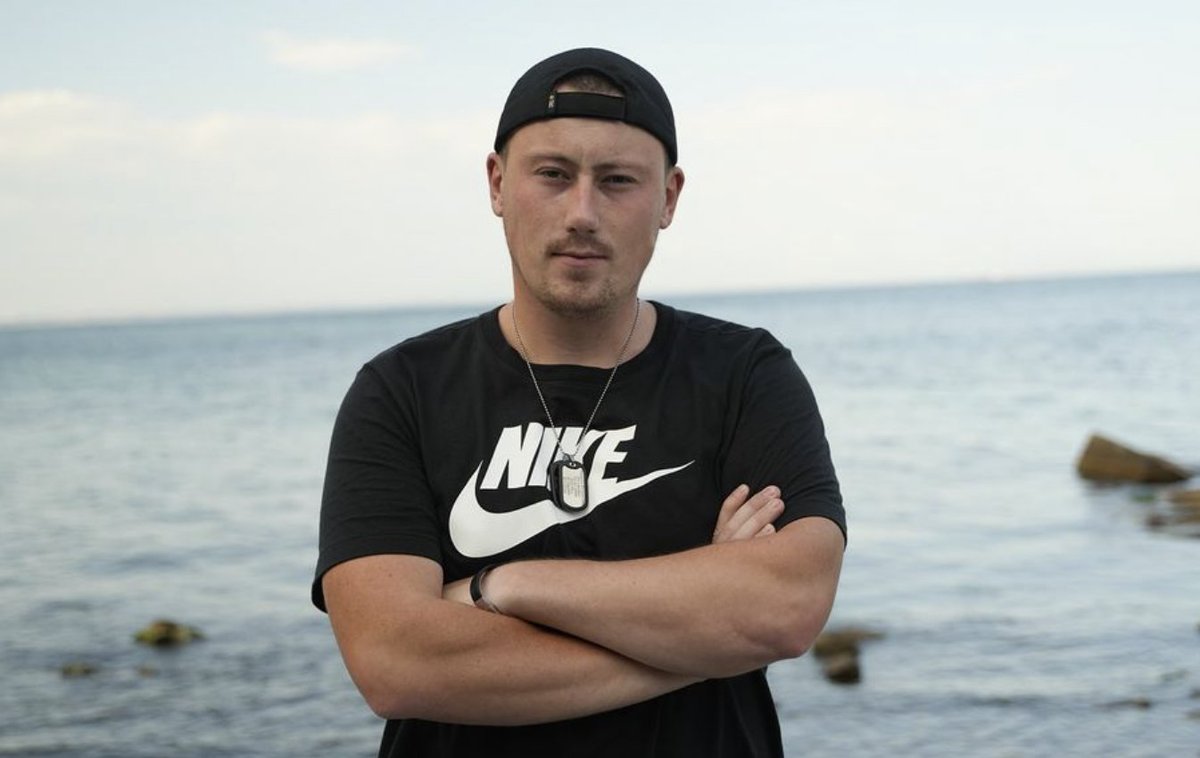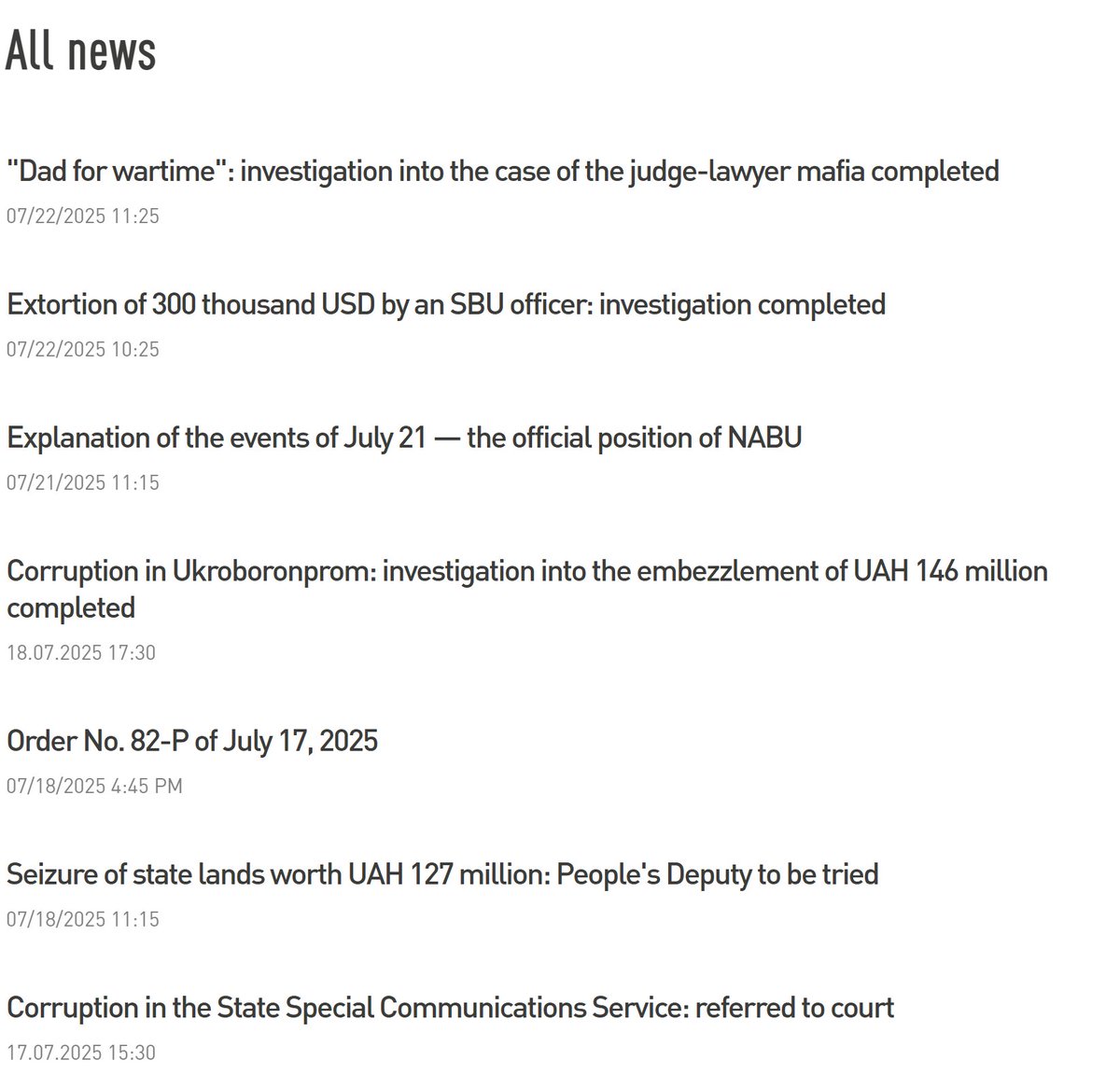Transnistria THREAD
I have read so many things about that "country" and would like to share that in a structured thread. This thread is mostly about the historical background and relation of the region to Ukraine. Also available on my Substack:volodymyrtretyak.substack.com/p/transnistria…
I have read so many things about that "country" and would like to share that in a structured thread. This thread is mostly about the historical background and relation of the region to Ukraine. Also available on my Substack:volodymyrtretyak.substack.com/p/transnistria…
This region was important since middle age or even earlier. That's all because of the Dniester river, which is a communication route. It used to belong to Rzeczpospolita, Crimean Khanate, Cossack Hetmanate, the Russian Empire, and more. /1
Since the end of the 18th century and until 1918, it has been part of the RU empire.
Keep in mind that the region never had such an unusual form as today. It usually was split between other administrative regions. /2
Keep in mind that the region never had such an unusual form as today. It usually was split between other administrative regions. /2

Naturally, Pridnestrovia was also part of UNR and later the Ukrainian Soviet Republic. In 1924 Stalin created Moldavian Autonomous Soviet Socialist Republic (MASSR) in UkrUSR. This was the turning point. Moldavians did not have a majority there. /3 





Of course, Stalin didn't care about minorities. The reason for creating such autonomy was simple: to prepare legal reasons for annexing Bessaribia, which the USSR lost according to the Treaty of Paris(1920). /4
Moreover, the Soviet Union did not recognize Bessarabia as part of Romania. /5
And it happened relatively soon: in 1940, the Soviet Union annexed Bessarabia. This plan was part of the secret protocol of the Molotov-Ribbentrop pact. /6
Parts of newly annexed land were integrated into UkrSSR, and the rest turned into the Moldavian Soviet Socialist Republic (MSSR). /7 

But what about an Autonomous republic on Ukrainian territory? It was dissolved, but a small part was given to MSSR. This small part is exactly what we call Transnistria right now. These were 6 districts of republican control. /8 

Historians describe this as "mine" put in Moldova. And this mine exploded. The situation was unstable in the 1980s since there were strong national movements among Moldavians. Naturally, these did not happen in these 6 districts because Moldavians had no majority. /9
Moreover, there were opposite movements in Prydnistrovya. Keep in mind that the political elite was mostly non-Moldavian too. /10
In 1990 there were the first attempts to establish autonomy in Transnistria. But the situation escalated one year later. /11
New Union Treaty was scheduled for August 20th, 1991. Its idea was to reform USSR and give more autonomy to member states. Interestingly, Moldova would not be part of it, but Transnistria wanted to sign the treaty. Same with Abkhazia (a region in Georgia). /12 

I don't understand how that should have worked out technically with one part of the country signing the treaty. Maybe I missed some facts; feel free to correct me below. /13
Due to the August Coup in Moscow, the treaty was never signed, and supposed members started to declare independence. Those who opposed the idea of the Union Treaty also used this situation to declare independence, and Moldova declared it on August 27th. /14 

Transnistria had strong pro soviet views, contrary to the rest of Moldova. They supported the coup, and when the coup failed, they declared independence. Surprisingly they did it two days before Kishenev, on August 25th. /15
Both declared independence, and that is how the actual conflict started.
Interestingly, the Transnistria president Igor Smirnov went to Kyiv to negotiate about joining the region to Ukraine. /16
Interestingly, the Transnistria president Igor Smirnov went to Kyiv to negotiate about joining the region to Ukraine. /16
Some Ukrainian nationalists from UNA-UNSO volunteered to fight for separatists with the idea of Transnistria joining Ukraine in the future. /17
However, Smirnov was kidnapped and imprisoned by Moldovan special forces on the way there, spent some time in jail, and was released several months later. He was president of unrecognized republic for 20 years. /18
He wants to sound like they support Ukrainian culture a lot, but according to Hromadske, there was only one Ukrainian school in Transnistria in 2015. Also, we don't see the anti-war movement in Transnistria. I wonder why… /20 

As said in the beginning of this thread, I will not go into details of the war itself. This was very similar to "DNR" and "LNR" creation. Soviet/Russian 14th army was stationed there, playing a desicive role in the war. /21
This war also froze with the agreement, which was never completely fulfilled.
End /22
End /22
Thanks, everyone, for reading. Please, retweet, like, and follow 😊 /23
• • •
Missing some Tweet in this thread? You can try to
force a refresh





















